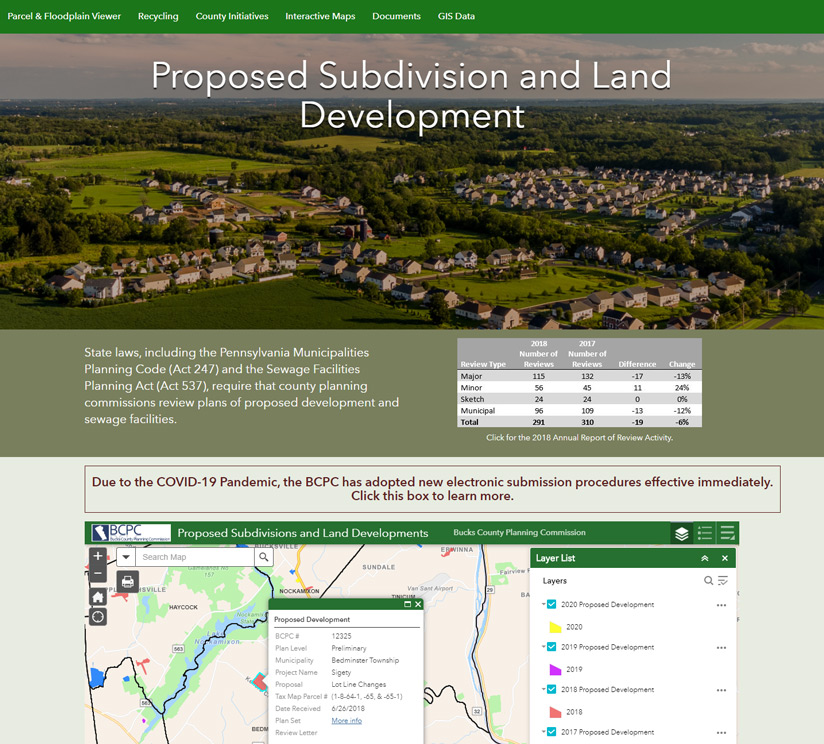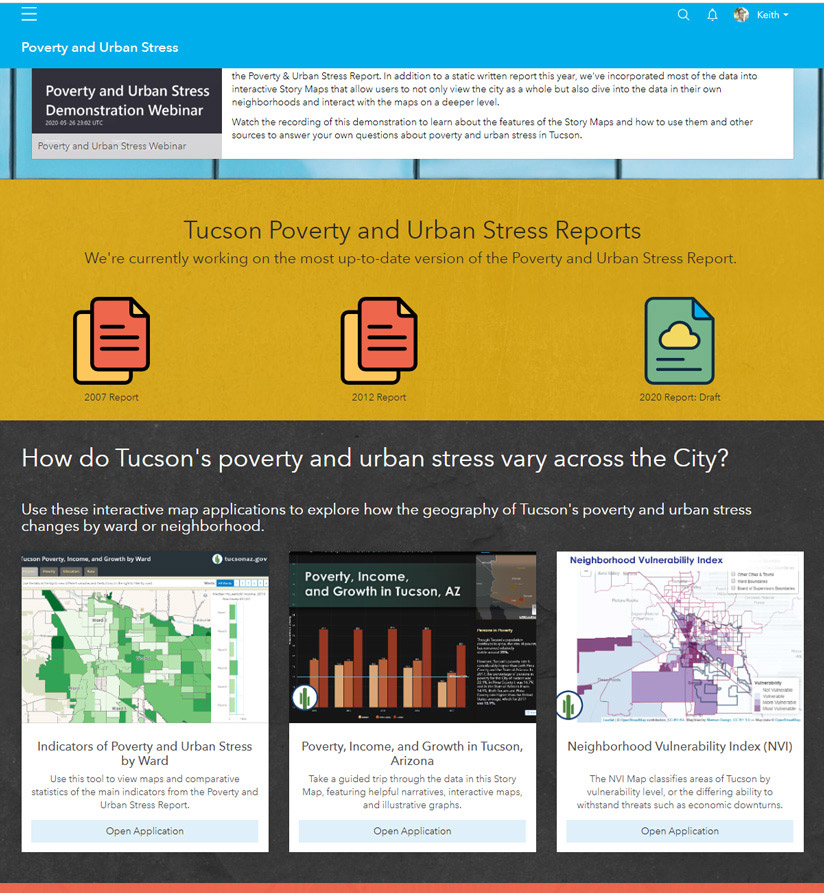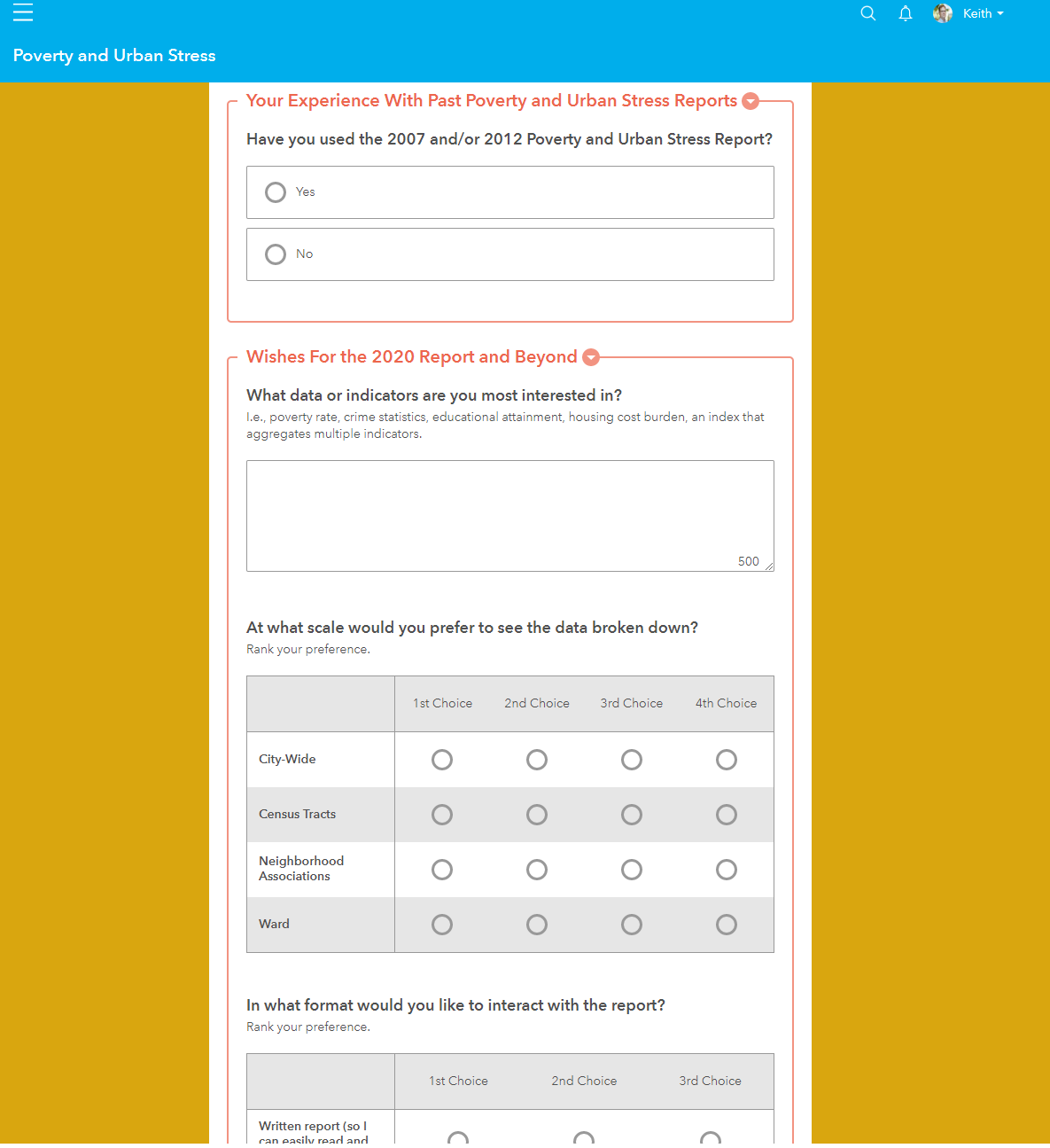The first time I was ever responsible for a rezoning in a planning department is still a vivid memory for me for many reasons. Thankfully, it was a relatively minor zoning change and wouldn’t result in much opposition from the public…or so we thought. At the Planning Commission meeting, the line for the public hearing went out the door of the council chambers. The first lady that spoke looked to me and said, “Mr. Cooke…I just want to know why you feel you have to ruin my life!”
This was over a very minor change to the second phase of a subdivision. As we found out, almost all the people speaking at the public hearing were from the first phase of the subdivision, and they were mad. We quickly learned they were mad, because they didn’t understand what this was about. The difference between R-6 and R-8 zoning at this town is miniscule…but they didn’t know that. The bigger issue isn’t their lack of detailed knowledge of zoning codes. It’s that, apart from a re-zoning sign stuck in the ground on the affected parcel, there was little transparency and explanation from their government about why they were recommending approval for this. That wasn’t their fault. It was ours.
My guess is that the people in attendance had better things to do than be at that meeting at 7:00 Tuesday evening. Regardless of how misinformed they were, they still passionately cared about their community. This rezoning was inherently personal to them. So, the only recourse they had was the planning commission meeting…with me…the one tasked with ruining their lives.
Planners and citizens rely on each other to meet the community’s needs and shape its futures. Citizens who live in a place care about that place. As technology has grown, so have the expectations that go with it. Everyone expects instant access to information, and if necessary, a way to provide feedback quickly. The planning commission meeting isn’t going away. But, if your planning department is telling the public that’s the only time that they can provide feedback about the direction of their neighborhoods, it’s not going to be received well.
Planners have an opportunity now to raise the bar as to how they think about, and act on, civic engagement and inclusion. They must know where people are voicing concerns and where they are not. They must know that neighborhoods are thriving, and which are at risk of falling behind. They must embrace the concept of the connected citizen that can act as a sensor to help planners and governments better understand their neighborhoods. Mapping, spatial analytics, and focused engagement tools provide the ability for planners to cultivate a partnership with their citizens.
In Bucks County, PA, the planning department uses ArcGIS Hub to publish up to date information about proposed subdivisions and other developments. Further, they show the history of development in the area. I love that part of it, because it helps provide context to other proposed developments. There’s also a place to fill out an application for a development and contact information. Geography is at the center of these decisions, so Bucks County uses web maps to communicate these issues in a clear manner.

The city of Tucson, AZ uses ArcGIS Hub to communicate a timely and important initiative to its citizens: Poverty and Urban Stress. Using web maps, detailed reports and infographics, the city is able to communicate to all its citizens about poverty in the city, where its occurring, and the city’s plans to remediate this.

Of course, for this partnership to be most effective, it must be a two-way street. So the city provides a survey for citizens to complete that helps the city assess how this data is used and what other types of reports citizens want.

Finally, it’s no secret that COVID-19 is the story of the year so far. Cities, counties and states are frantically focusing on business recovery as this pandemic continues going forward. The city of Bozeman, MT provides a Hub page for its citizens to see how and where recovery funds are being used for businesses, communities, and housing assistance. In each of these sections are links to apply for assistance or get more information about these programs. Again…a two-way street for citizens and their government.

We talk a lot about smart planning and the components that make it up. Make no mistake. Smart planning doesn’t happen without effective citizen engagement. Transparency is a great first step, but it’s not enough. Public notification is useful, but it’s not enough to establish buy-in from the public. Real civic inclusion happens when the public has an agile way to provide feedback and information about the neighborhoods in which they live, and they get that from a government that shows it values the input of its citizens by embracing this advanced, inclusive approach.



